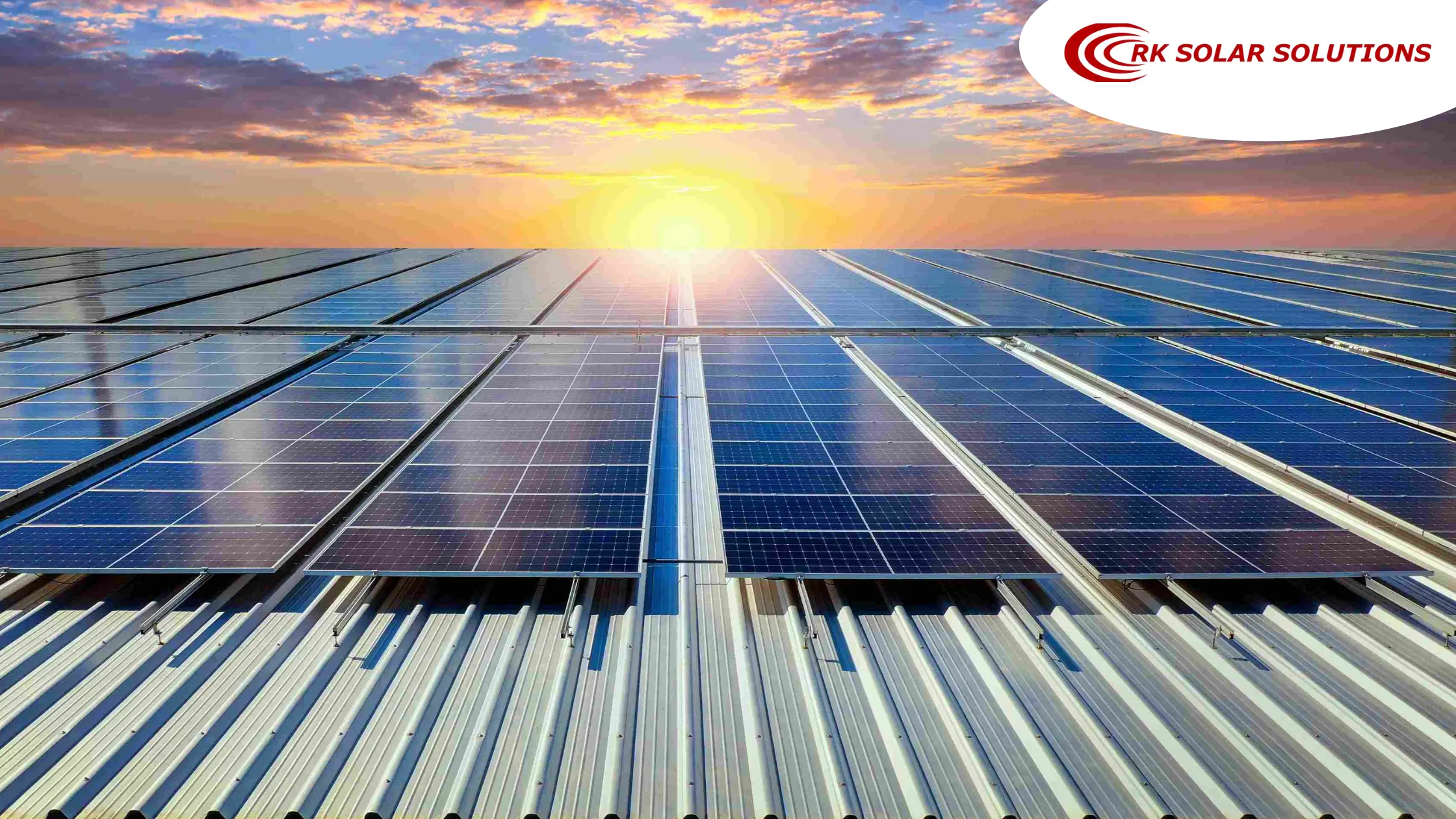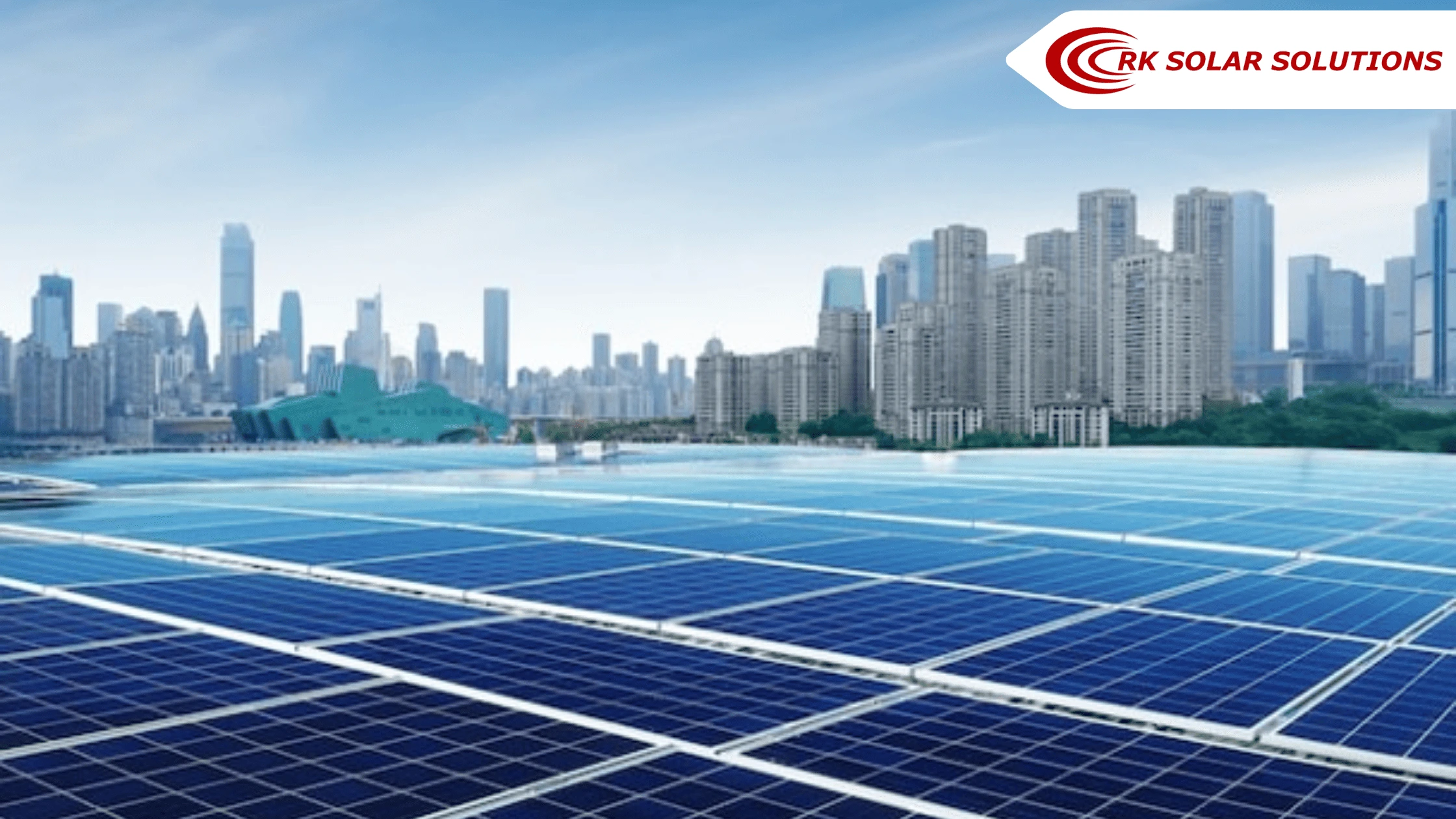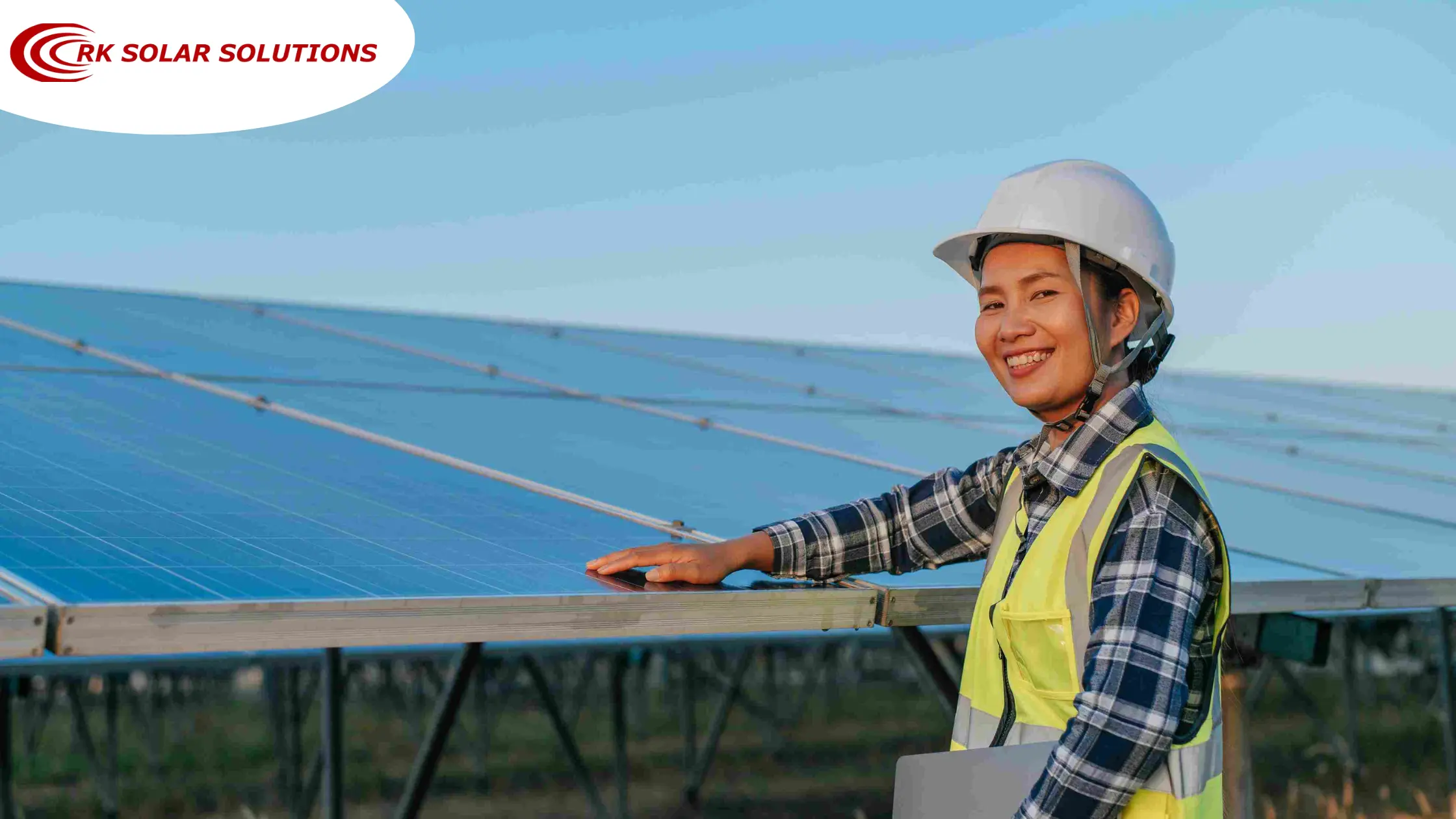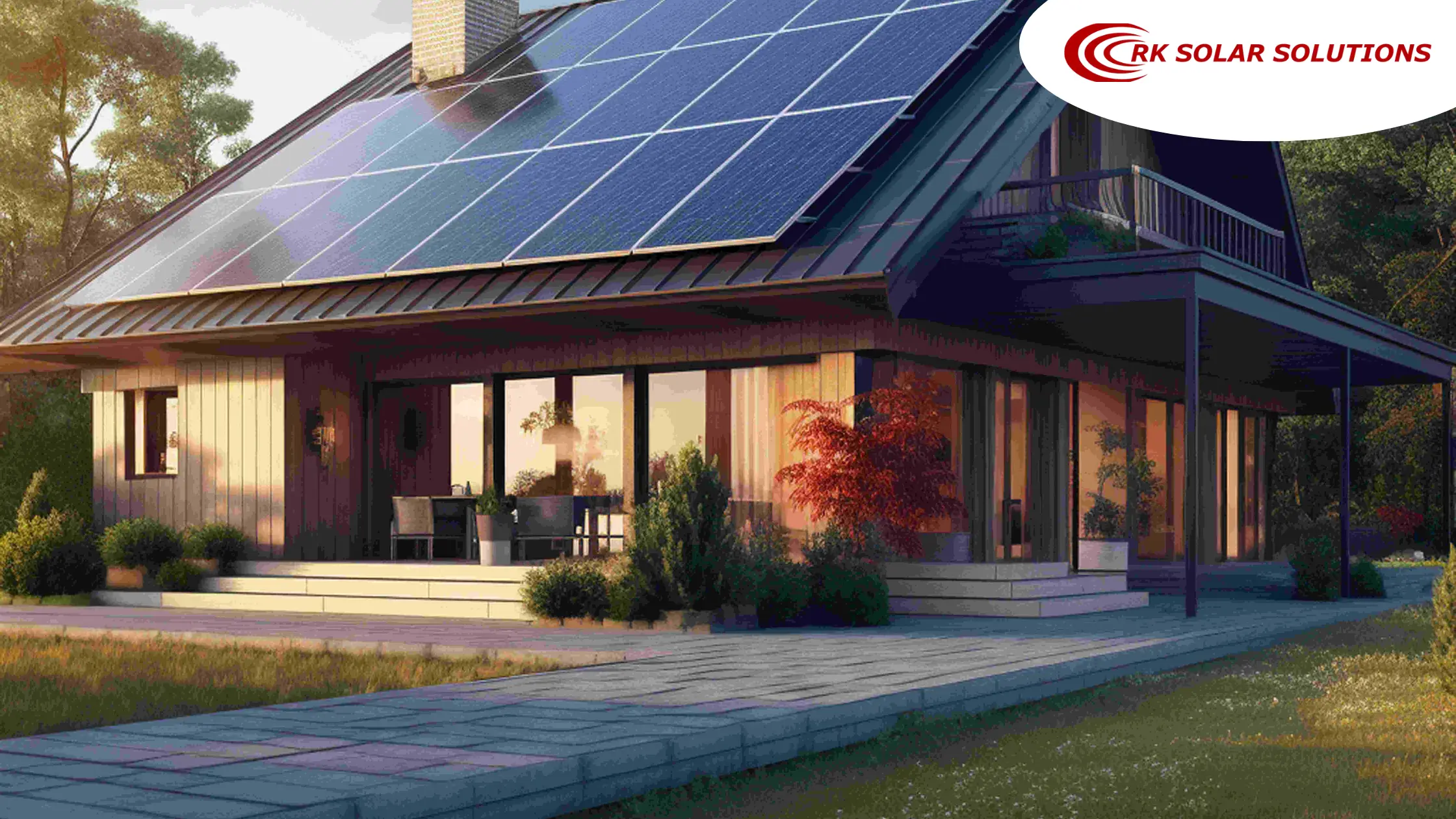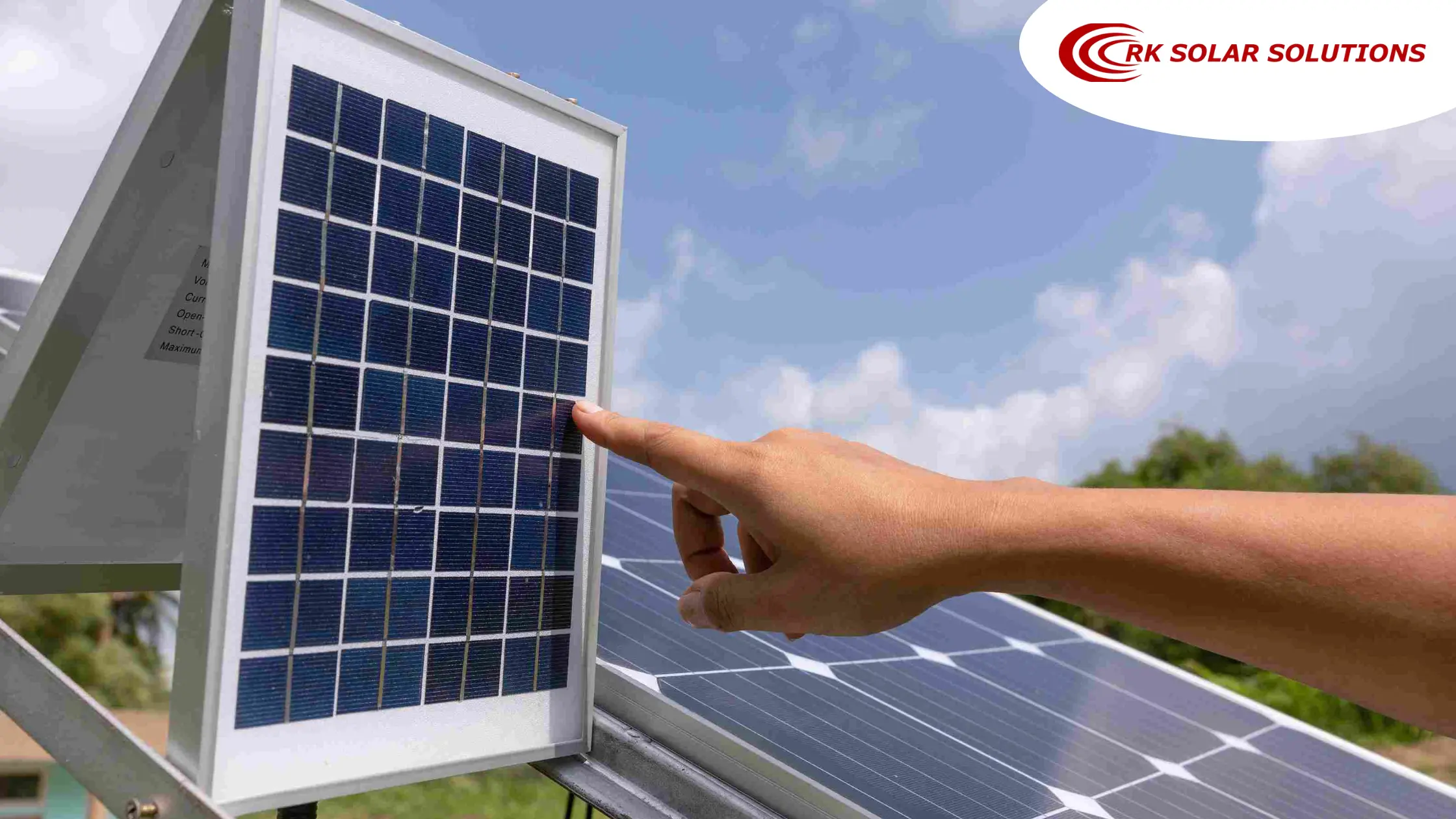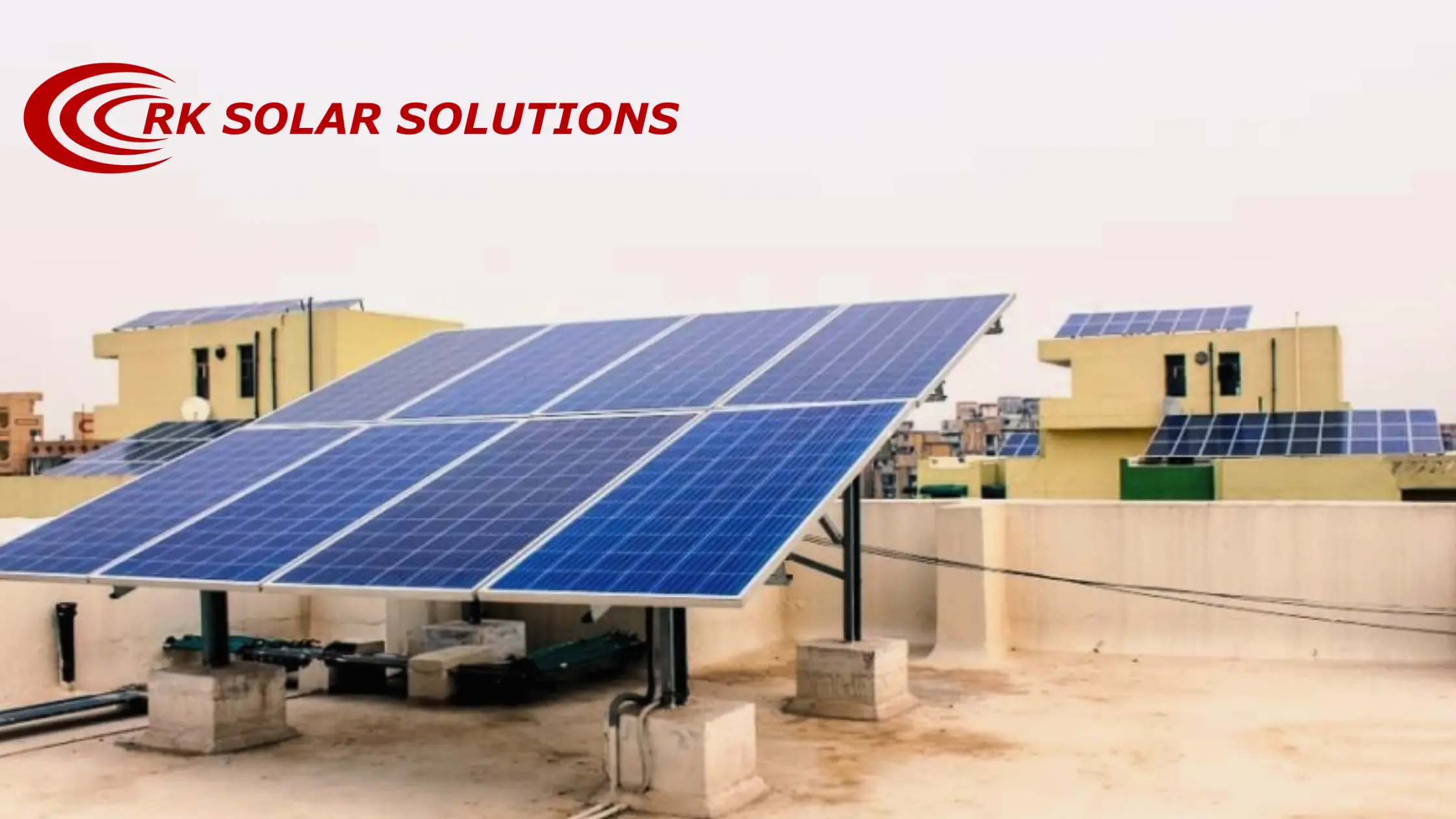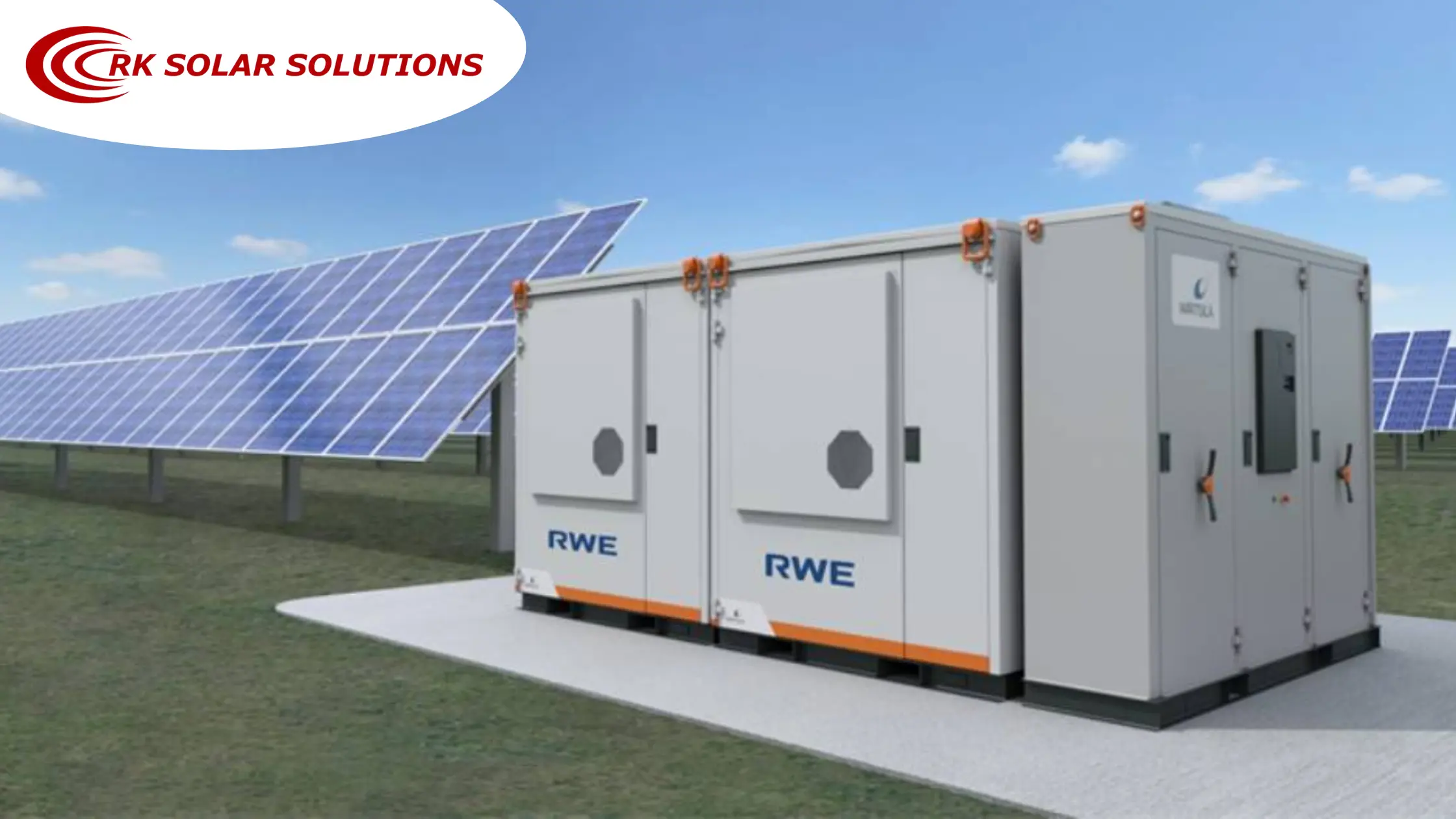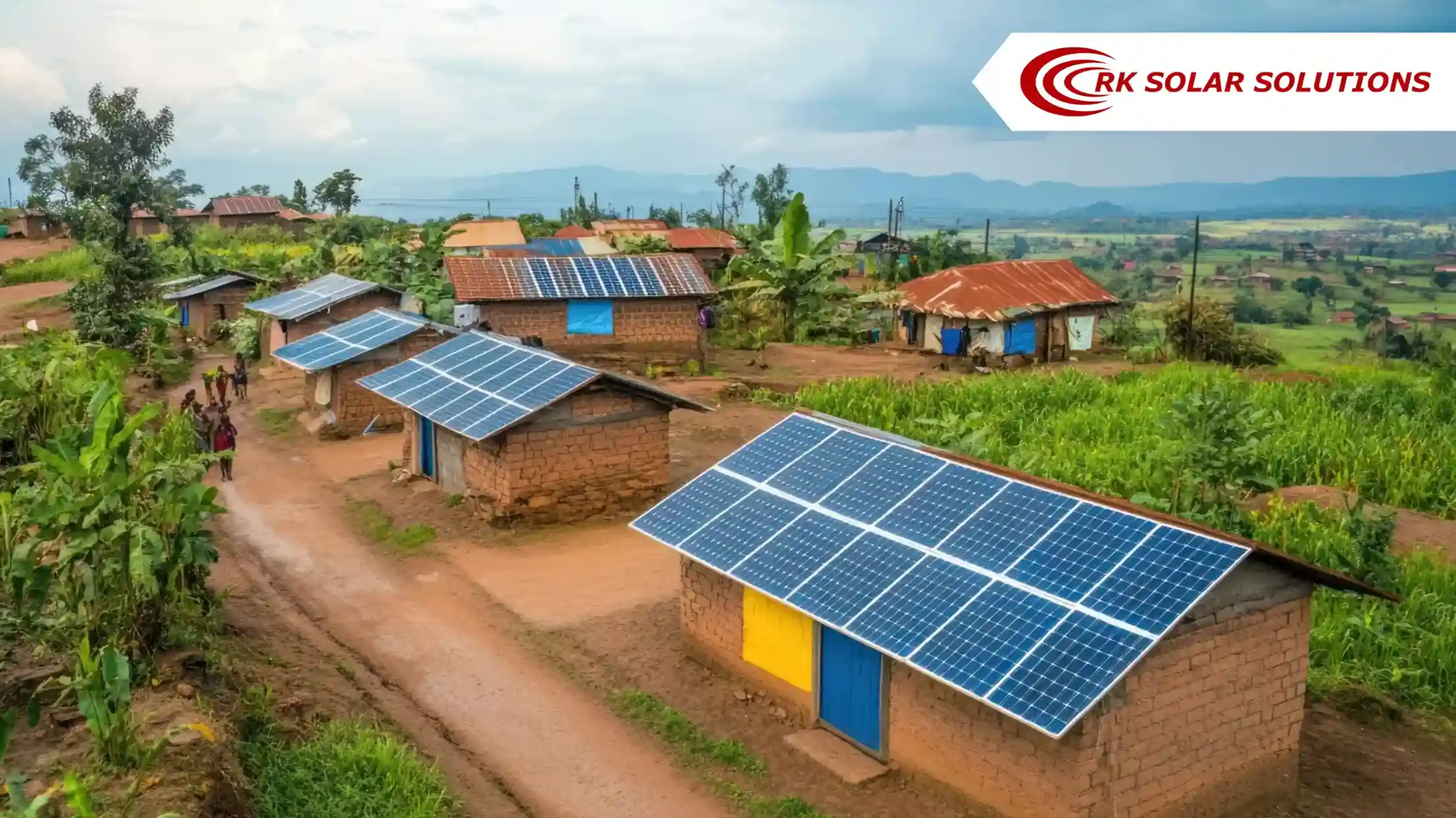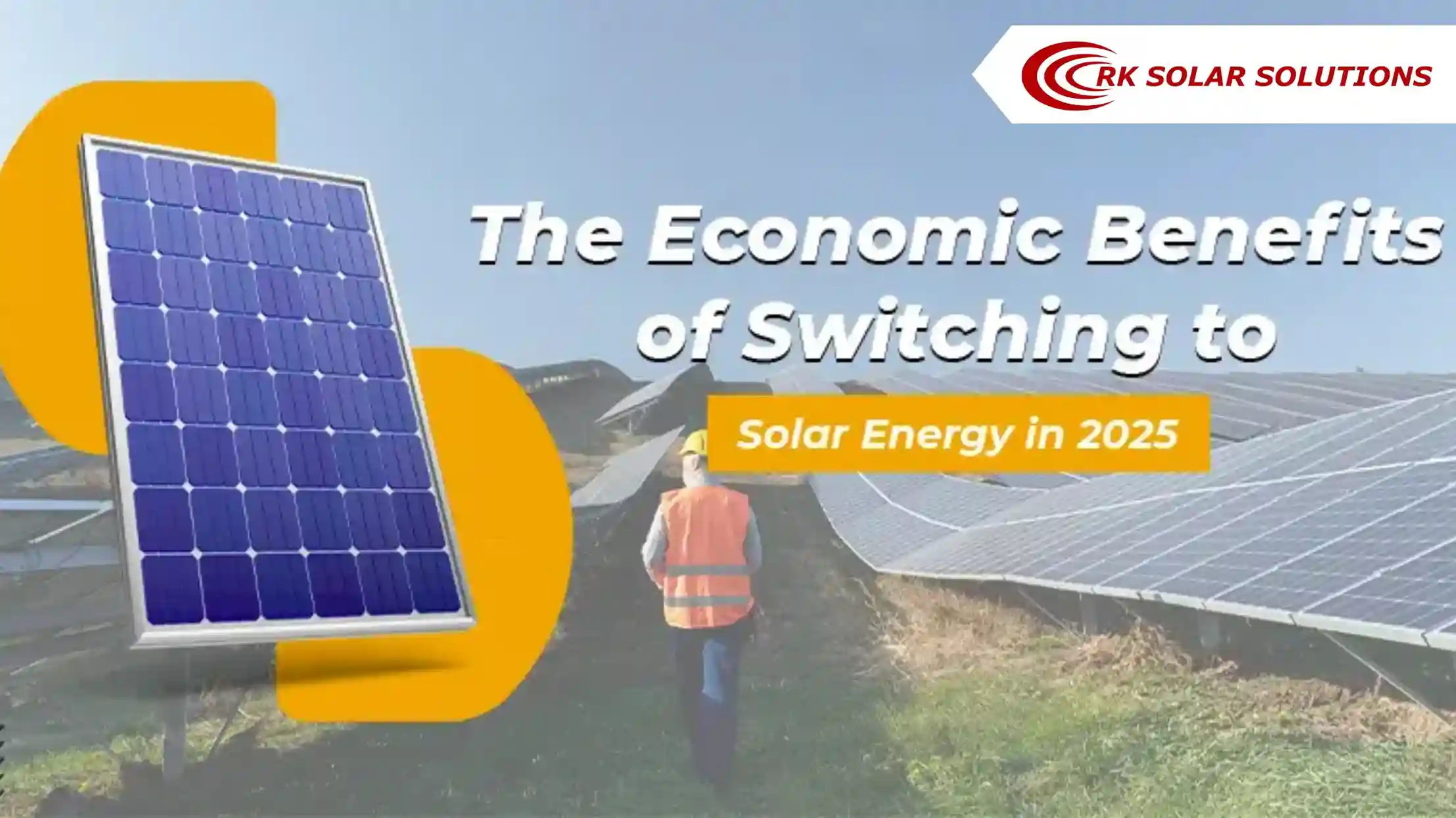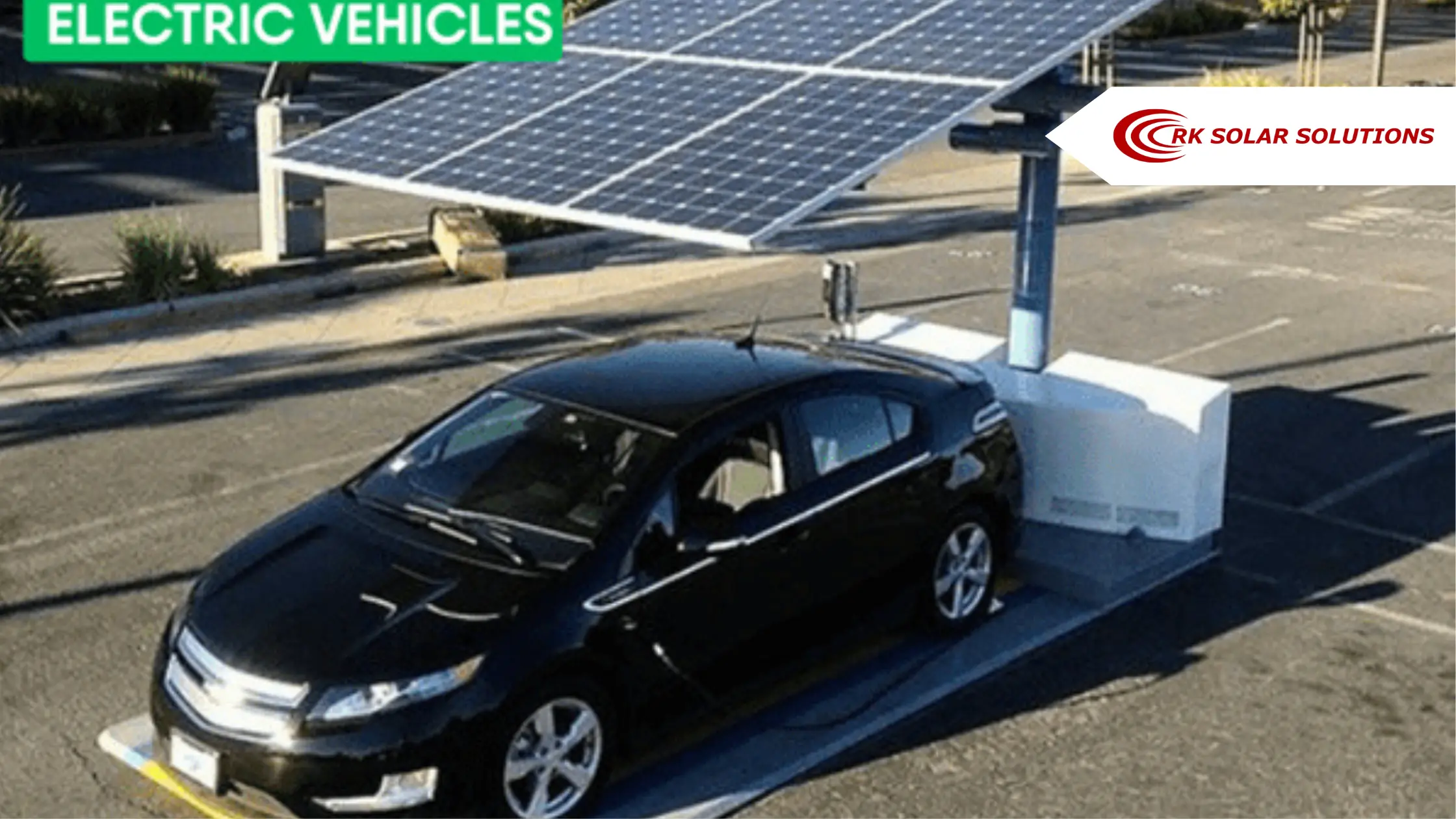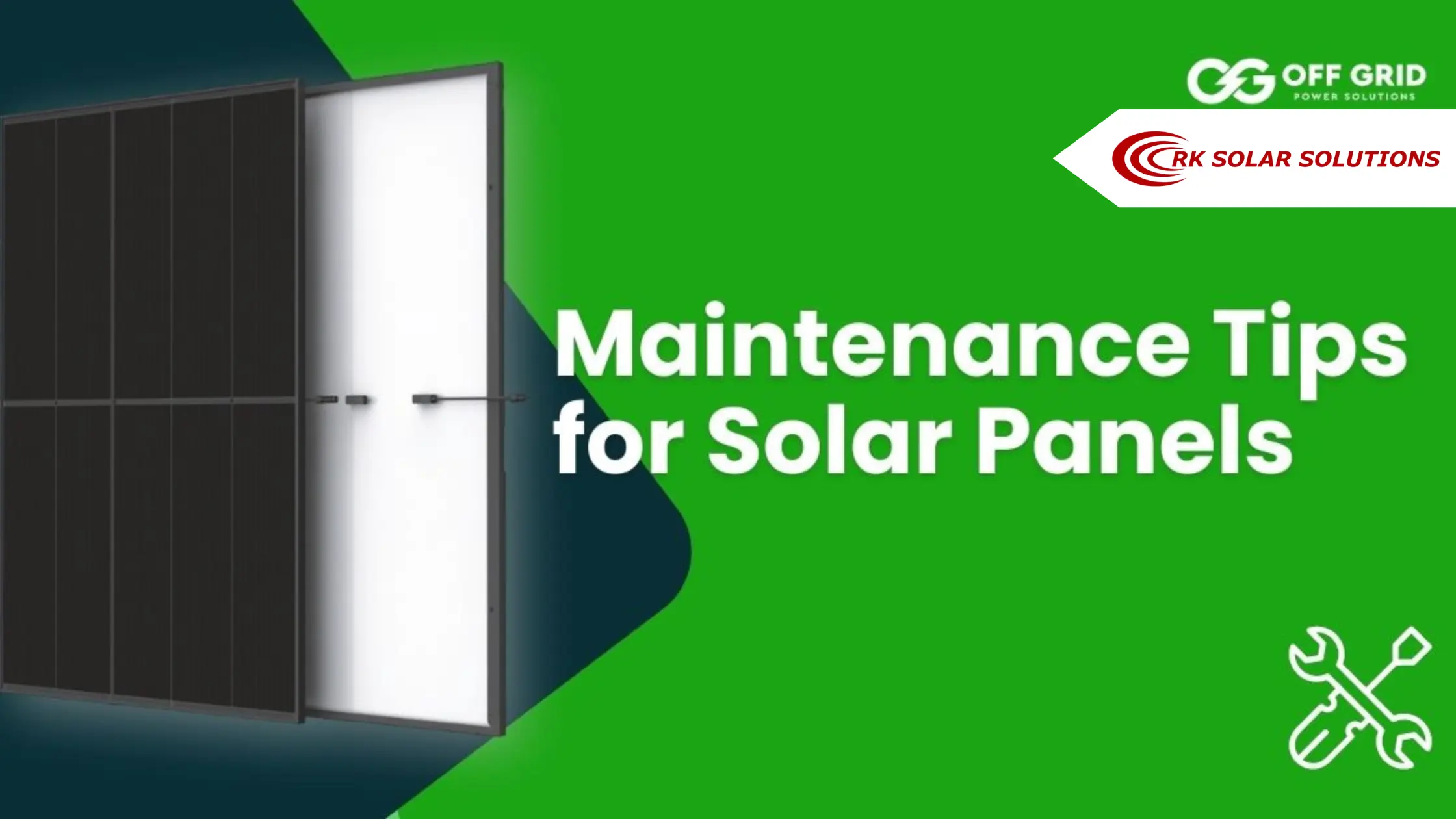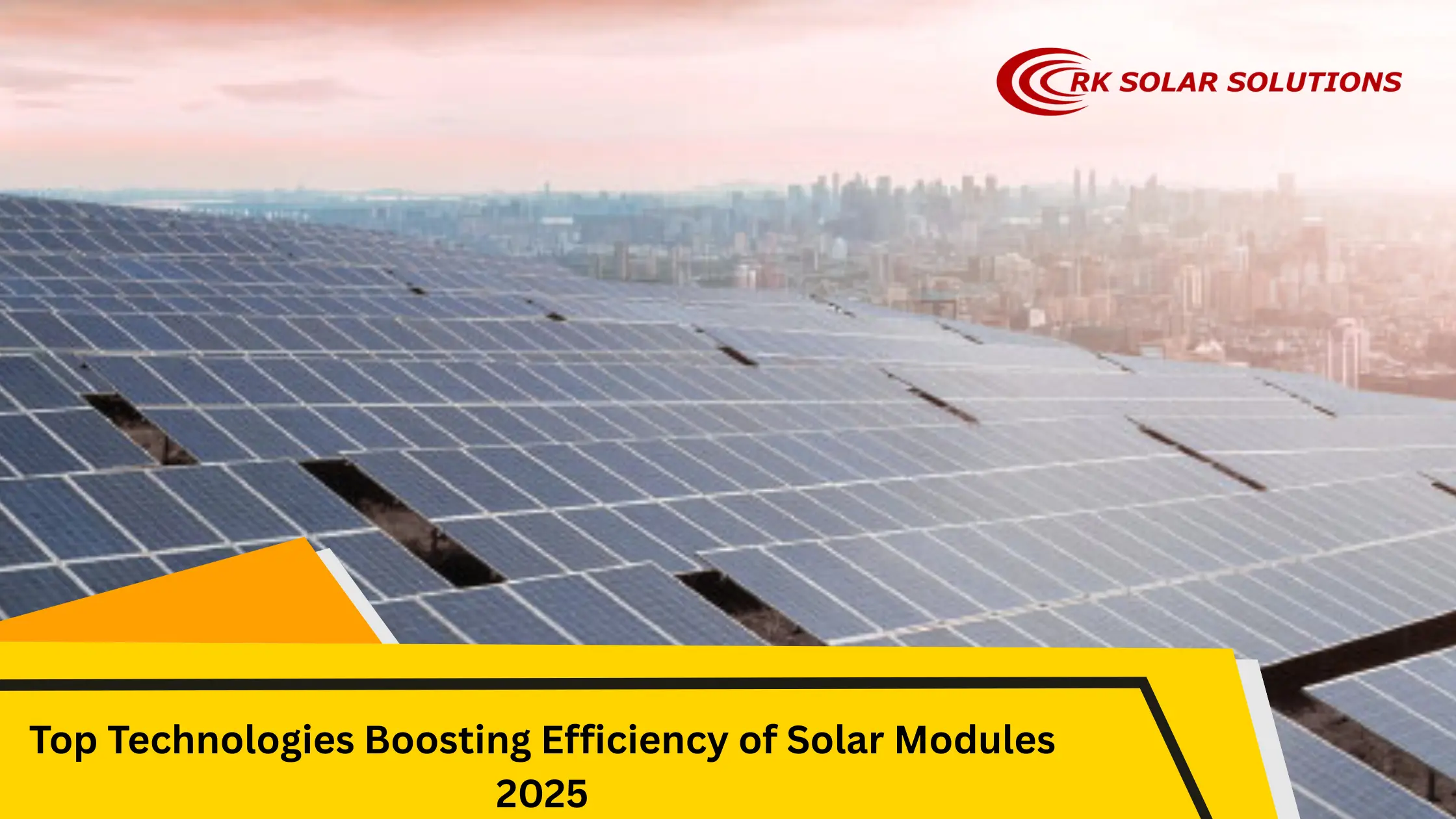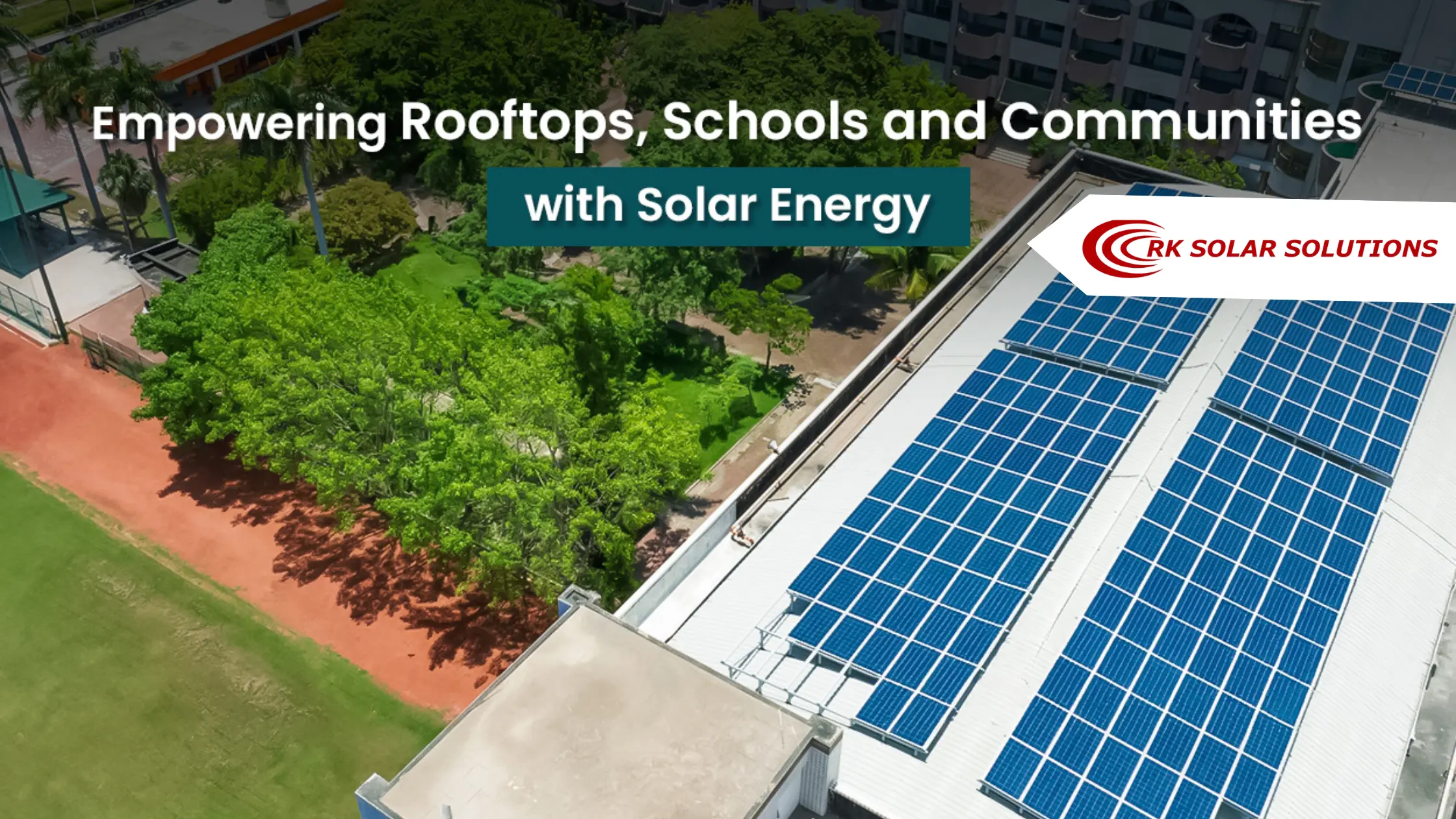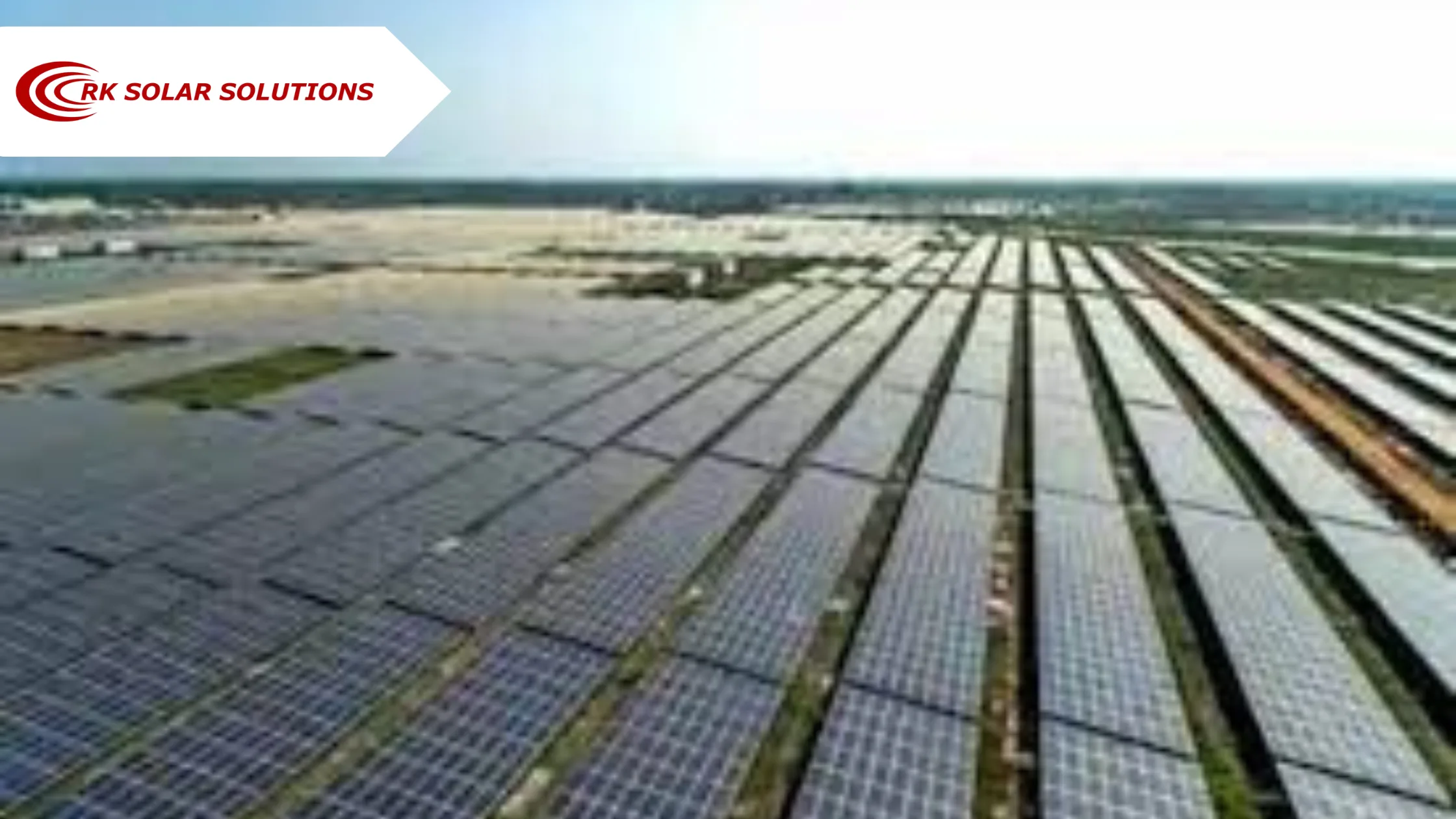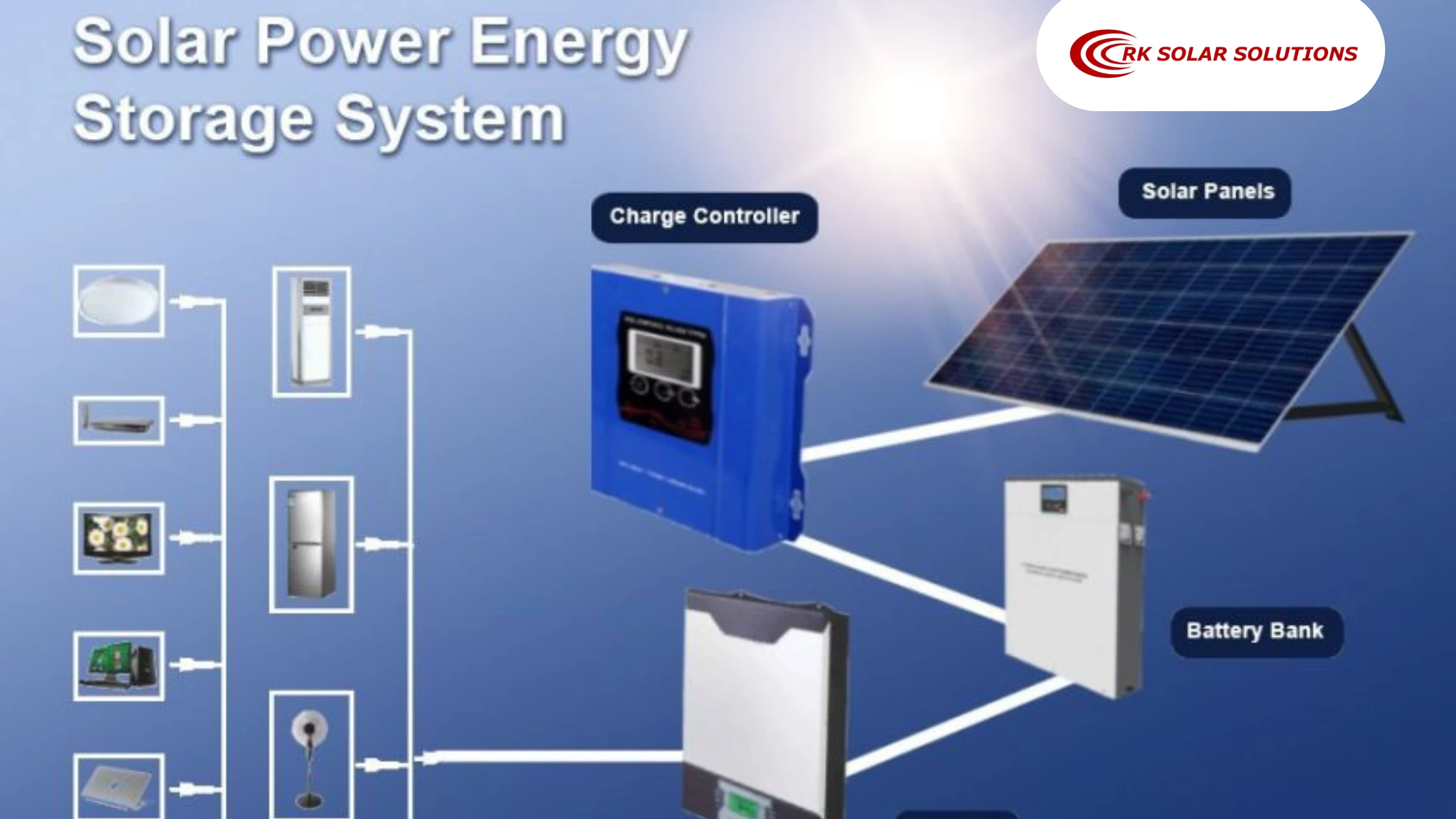Read Our Blogs
How Solar Companies Are Adapting to New Tech & Policies in 2026
November 15, 2025

In 2026, sun organizations are hastily adapting to new technologies and evolving guidelines to live competitive and sustainable. High-performance sun modules like TOPCon, heterojunction (HJT), and tandem silicon-perovskite cells have become widespread, at the same time as bifacial panels and clever trackers optimize power yield. Integration with battery garage and AI-driven energy control is popping solar into greater dispatchable, grid-friendly electricity. Policy shifts, along with home manufacturing mandates, incentive restructuring, and stricter recycling regulations, are reshaping supply chains and mission making plans. Solar companies that embody advanced tech, digital tracking, and compliance with new policies are poised to steer in efficiency, sustainability, and profitability.
Technological Adaptation: From Better Panels to Smart Systems
High-overall performance sun modules, together with TOPCon (Tunnel Oxide Passivated Contact) and heterojunction (HJT) cells, are more and more changing traditional PERC panels. These advanced technology provide better power conversion expenses, better common usual overall performance in low-mild conditions, and superior durability, allowing agencies to generate greater energy in keeping with unit location. Tandem solar cells, combining silicon with perovskite layers, are also gaining traction, pushing module efficiencies beyond 30 percent and placing new standard overall performance benchmarks.
Alongside higher panels, the adoption of bifacial modules and unmarried-axis or dual-axis trackers is optimizing energy seize thru harnessing daylight from every aspects of the panel and adjusting orientation for max exposure. Solar groups also are integrating battery storage to create hybrid PV garage systems, turning intermittent sun strength into reliable, dispatchable strength.
Digitalization performs a important feature in smart sun structures. AI and IoT-enabled tracking, predictive protection, and overall performance analytics allow operators to choose out faults fast, optimize power output, and decrease operational costs. These improvements aren't quality developing performance however moreover allowing sun companies to deliver complete power solutions, remodelling them from mere panel businesses into complete-service generation agencies capable of dealing with generation, garage, and grid integration efficiently.
Policy and Regulatory Adaptation by Solar companies<
Across many jurisdictions, there’s increasing emphasis on nearby production, home cost‐chains and import substitution. In India, from June 2026 smooth‐power initiatives might be required to use sun PV modules made from domestically produced cells.
Solar companies are responding by way of setting up production centers, integrating cell module strains, and forging domestic deliver chains. For solar corporations: this indicates revising procurement techniques, qualifying nearby suppliers, probably better value structures (till scale is completed) and adapting to new incentive regimes linked to production.
Incentives, tax credits, standards and grid rules
Solar companies ought to maintain in advance of evolving incentives and policies. Some key diversifications:
As tax credit or subsidies decline or segment out (for example a few residential sun programmes inside the U.S.), solar companies must pivot to new value propositions, inclusive of storage, business/commercial initiatives or new commercial enterprise fashions.
Changes in grid interconnection policies, net‐metering regulations or allowing/regulatory frameworks mean agencies need compliance talents, regulatory monitoring and flexible commercial enterprise fashions.
Environmental, recycling or module cease‐lifestyles rules are also emerging. Some research point to blockchain‐primarily based tracking of sun panel recycling as a destiny requirement.
Market and regional policy shifts
In many markets, coverage is transferring from “construct as many MW as viable” to “generate clean, dispatchable, grid‐friendly strength”.
Incentives more and more favour sun garage or sun with grid offerings in preference to just technology.
Policies encouraging grid stabilisation, demand‐reaction, smart‐grid integration, plus nearby production or domestic content material.
At the identical time policy uncertainty stays a massive hazard: organizations have to be agile, diversify geographies, and engage in coverage talk.
Solar companies that may align with the new policy frameworks — production, hybrid systems, grid services — are better positioned. Those in simple terms chasing volume in a subsidy‐driven world may additionally face margin erosion.
Shift toward integrated system offerings
In 2026, solar groups are moving from absolutely selling panels to imparting absolutely integrated strength solutions. These systems combine photovoltaic (PV) modules, battery garage, and advanced digital tracking to offer dependable, dispatchable power. AI and IoT technology optimize overall performance, expect renovation needs, and control energy use in real time.
Flexible financing fashions, which include leasing, PPAs, and subscription-primarily based “solar-as-a-provider,” make those incorporated structures on hand to residential, business, and commercial customers. By specializing in end-to-give up answers, consisting of installation, monitoring, garage, and grid integration—sun organizations are transforming into complete-service energy companies, turning in performance, sustainability, and greater fee to their customers.
Manufacturing and vertical integration
Solar companies organizations are increasingly embracing manufacturing and vertical integration to live competitive and compliant with evolving regulations. By generating sun cells, modules, trackers, and balance-of-system additives in-residence or thru strategic partnerships, organizations benefit more manage over nice, charges, and supply chains.
Vertical integration allows mitigate dangers from import regulations, fluctuating uncooked fabric expenses, and home content material necessities, especially in areas with nearby manufacturing mandates. It also allows quicker innovation, as organizations can align manufacturing with new excessive-efficiency technologies like TOPCon, HJT, and bifacial modules Overall, integrated manufacturing strengthens operational performance, reduces dependency on third events, and complements profitability.
Strategic Implications for Solar Companies
The shift closer to incorporated structures displays a broader strategic evolution in the solar quarter. Companies are moving from a transactional, product-focused version to a provider-oriented, technology-driven technique. By presenting stop-to-give up answers—which include hardware, software, , electricity management,, and financing—sun companies can differentiate themselves in a competitive market, boom consumer loyalty, and tap into higher-margin sales streams. Furthermore, included systems function companies to respond more correctly to evolving policies, including domestic production mandates, grid stability necessities, and strength garage incentives.
Conclusion
In conclusion, the move in the direction of incorporated machine offerings represents a primary advancement within the Solar companies. By combining , superior PV modules,, storage answers, virtual control gear, and bendy financing, sun corporations are developing complete, reliable, and efficient electricity answers. This approach no longer handiest meets the evolving wishes of customers but also positions organizations to thrive in a market more and more shaped by way of generation, coverage, and sustainability dreams.
